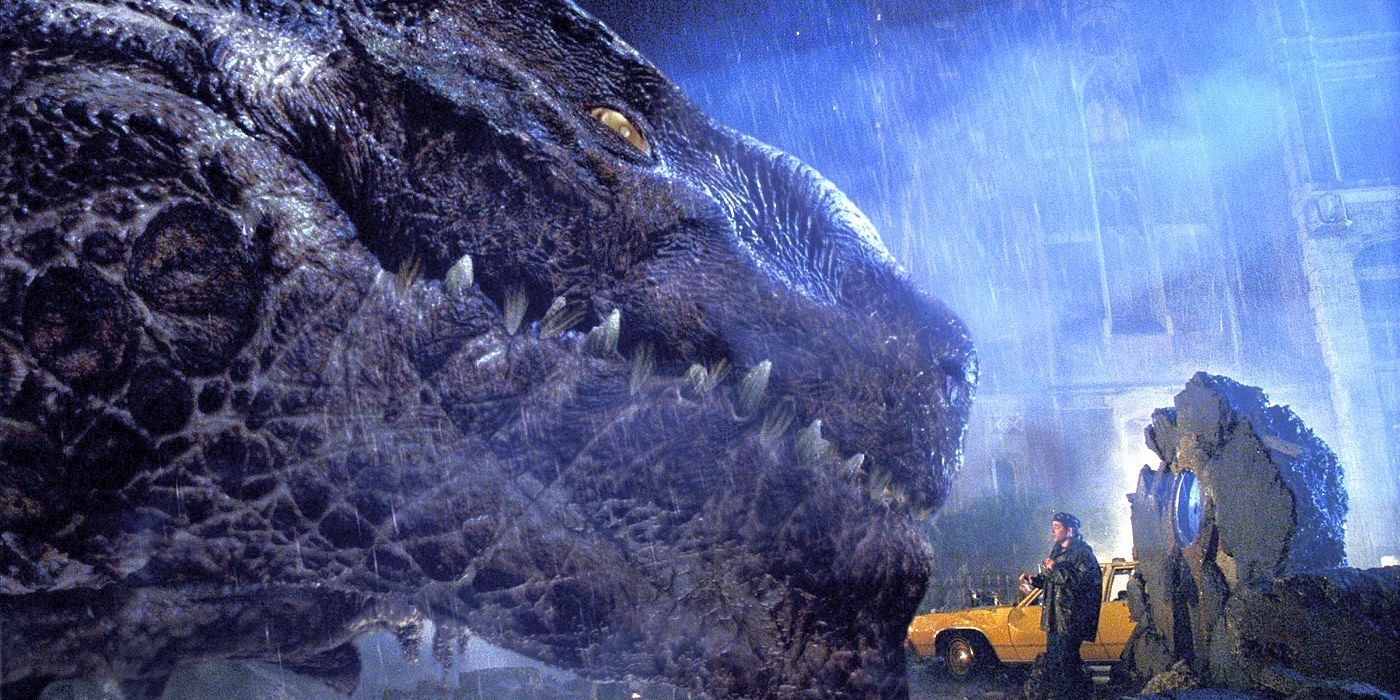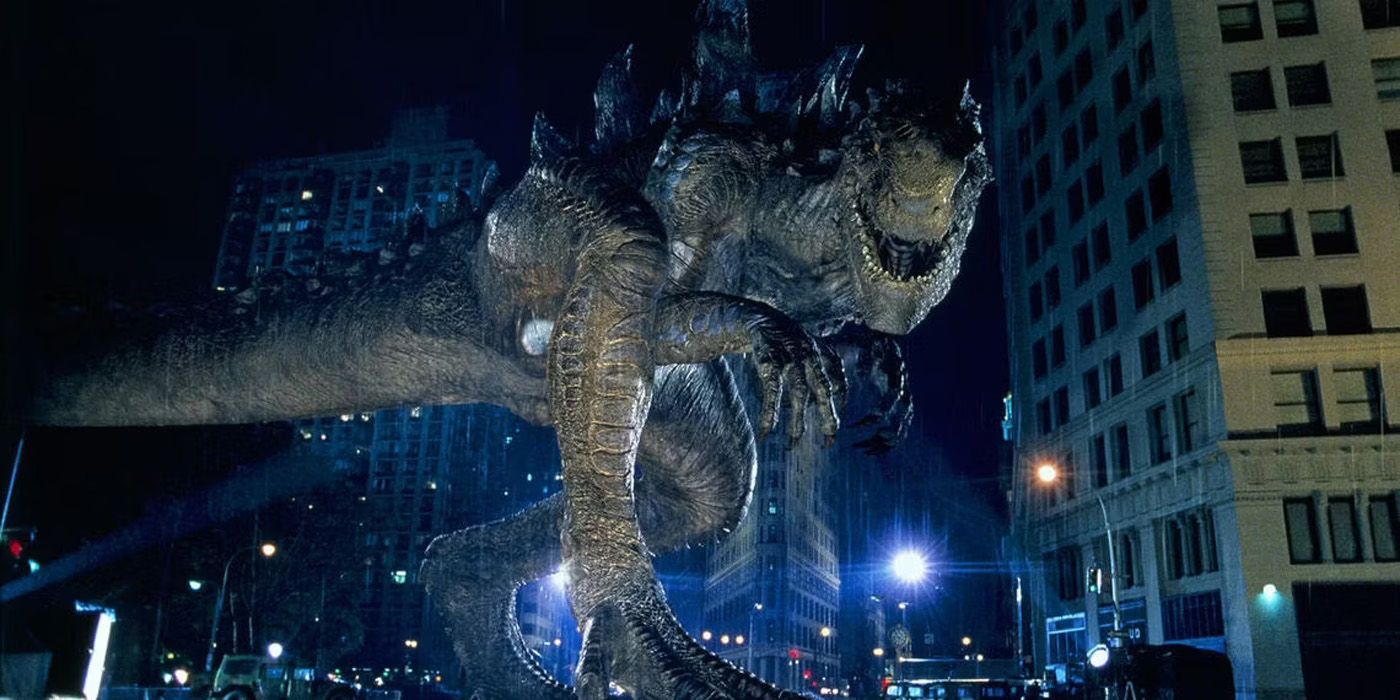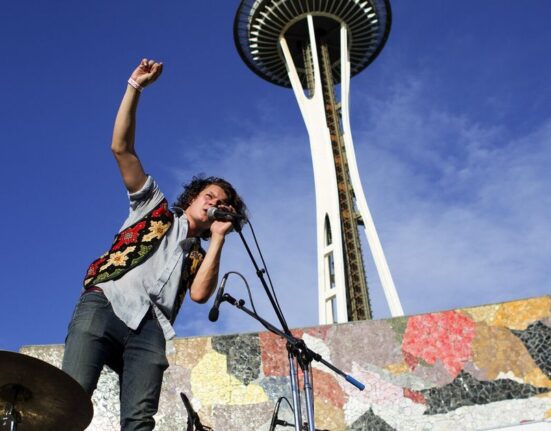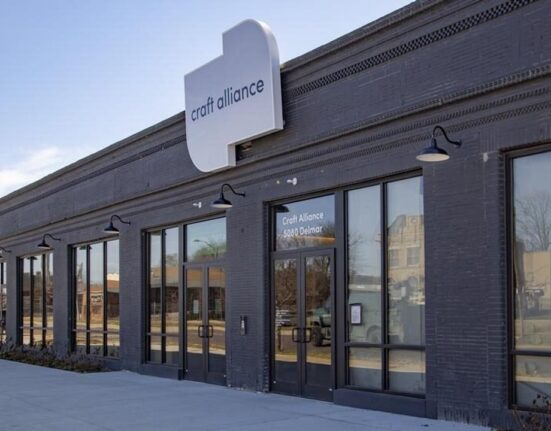Summary
- The CGI effects in 1998’s Godzilla were ahead of their time, impressing modern day VFX artists.
- The film’s unique combination of CGI and practical effects made for an iconic and memorable experience.
- Despite the film’s negative reception, its use of CGI and practical effects were impressive for the time period.
VFX artists react to the CGI in 1998’s Godzilla, and they say the effects are ahead of their time and somewhat redeem the movie. The original American reimagining of the famous kaiju was headed by director Roland Emmerich, who adapted the monster for a New York City setting. When it was released, the movie was criticized for drastically altering the titular monster’s design while not staying true to the themes of the Japanese franchise.
Now, Corridor Crew has reexamined Godzilla‘s positive aspects, with a particular focus on CGI effects that were ahead of their time.
The analysis, which starts at 8:33, highlights the mixture of CGI and practical effects throughout the movie, making it a unique experience. Check out a portion of what the Crew has to say below:
So for [the pier breaking] sequence, they literally just had a smaller version of the pier that they put in the water, and had a scale Godzilla model they just shot through it really fast. And so that’s all miniature right there, and the guy is [computered] in.
Also, notice how they have the chain link fence in front of all of it to really make it look like it’s all combined there.
What’s really interesting about this is that, if you look at just Godzilla and the rendering and shading on it, it looks dated. And yet the implementation of it with all of the footage holds up. Having all the cars actually move, having the camera shake just right, having the actual footprint of Godzilla left behind as it moves away. It makes for an iconic moment.
The compositing [in the fire scene] is insane. We’re talking about CGI, but like, from a compositing point of view, this is insane compositing. Even now, this is insane compositing. To have a shot that looks like this, with this kind of compositing, like this window shot.
Why Godzilla 1998 Doesn’t Have A Positive Reputation
Many of Godzilla‘s special effects were impressive for its time, presenting a monster movie that relied heavily on CGI before it was utilized as extensively as it is today. However, the film drastically deviated from its source material, and was criticized for an over-reliance on humor and lack of logic throughout the story. Godzilla was also criticized by Toho, who retconned the 1998 monster into one named “Zilla” who later appeared in Japan’s 2004 film Godzilla: Final Wars.
Despite the first American rendition of the kaiju earning heavy criticism, Legendary Entertainment would revitalize the franchise in the West with the Monsterverse. This ongoing shared universe features both King Kong and classic Toho monsters, all of whom retain similar designs to their classic counterparts. The next movie in the franchise is the upcoming Godzilla x Kong: The New Empire, slated for release on April 12, 2024.
Godzilla has seen a major resurgence as of late, with Godzilla Minus One being released in Japan in November, while Monarch: Legacy of Monsters from the Monsterverse is currently being released weekly on Apple TV+.
Even though Godzilla wasn’t a critical success, its utilization of CGI and practical effects was impressive for its time. The film’s failure also may have paved the way for the Monsterverse, which has seen mostly positive reactions from audiences since its start in 2014. It’s clear that, from its effects to its reception, Emmerich’s version of the film is a memorable part of the franchise’s decades-long history.
Source: Corridor Crew









